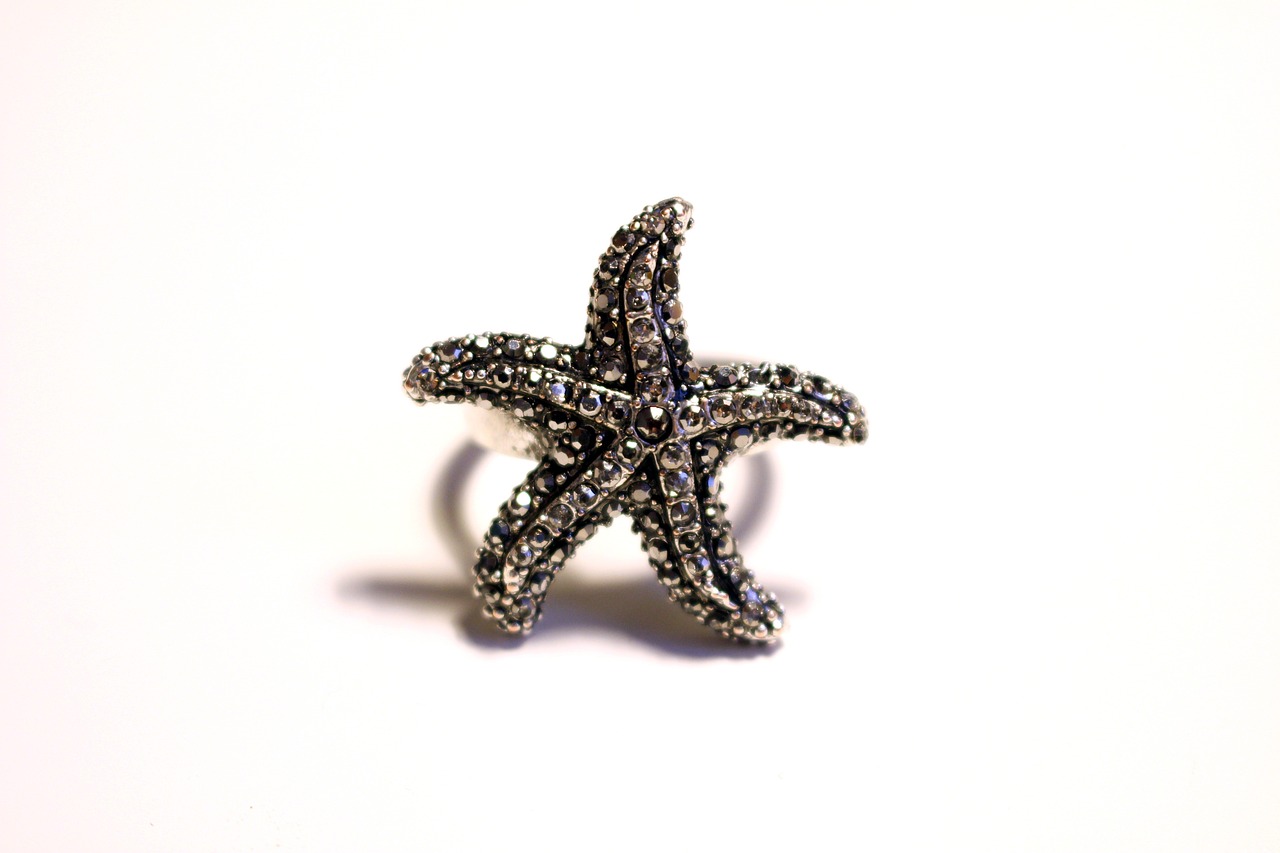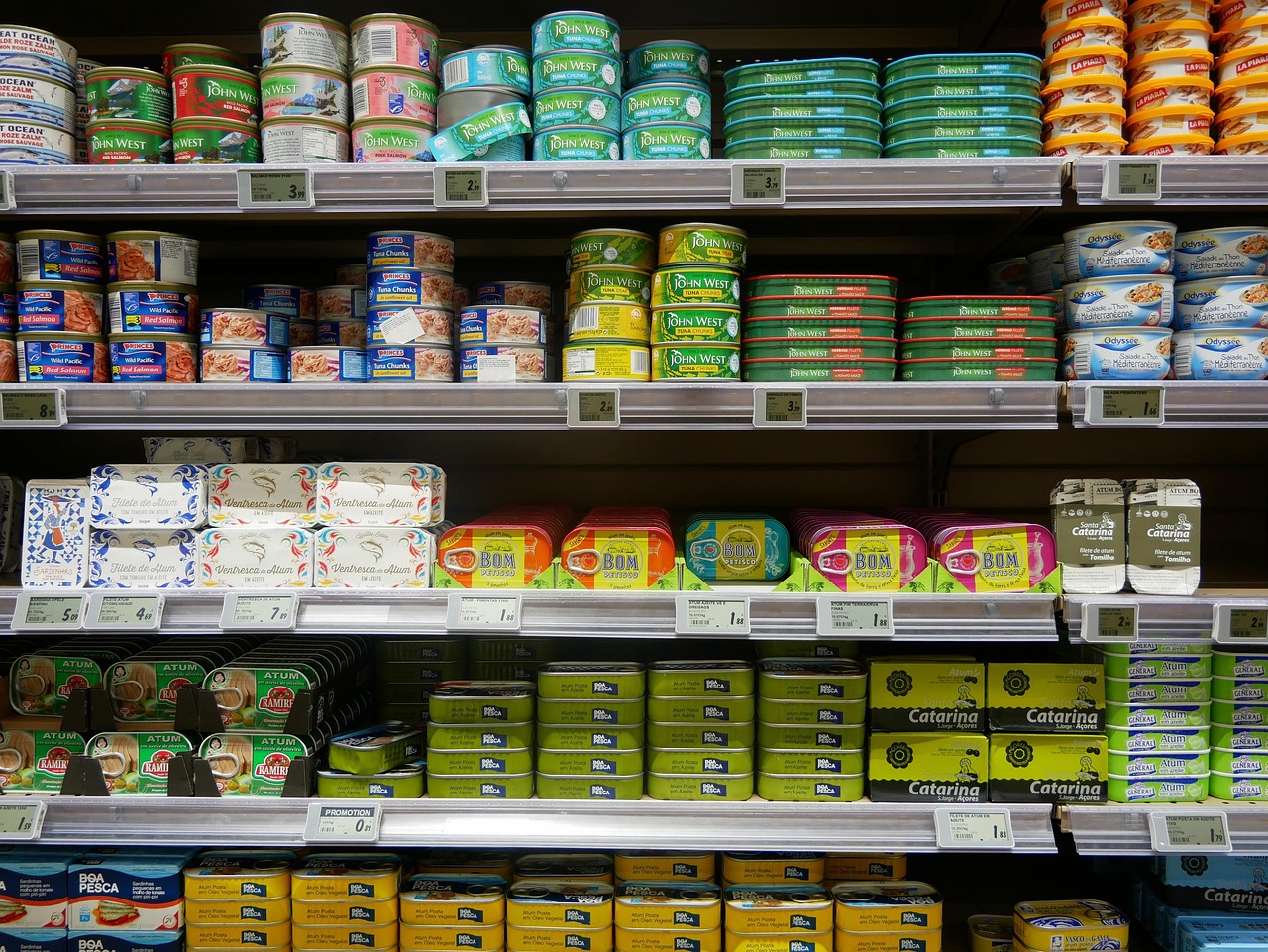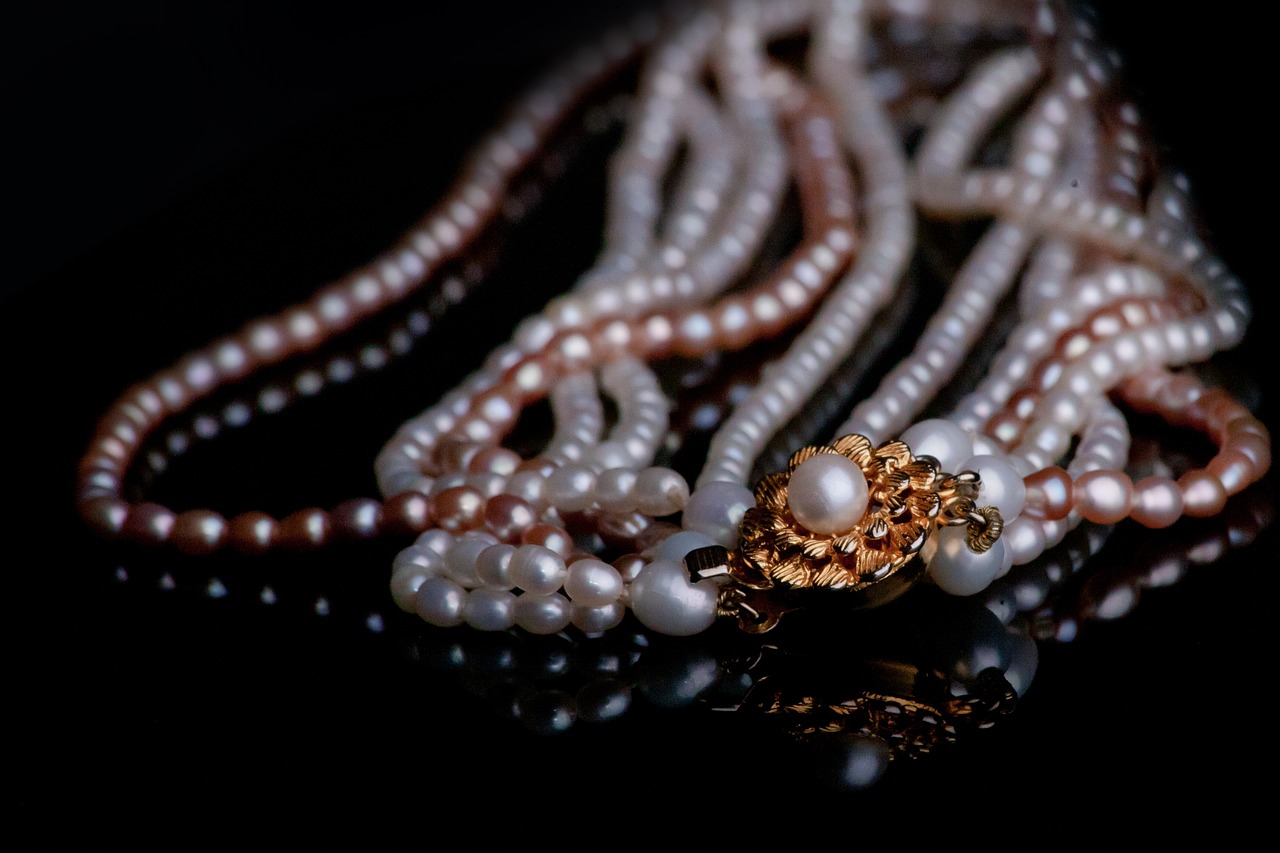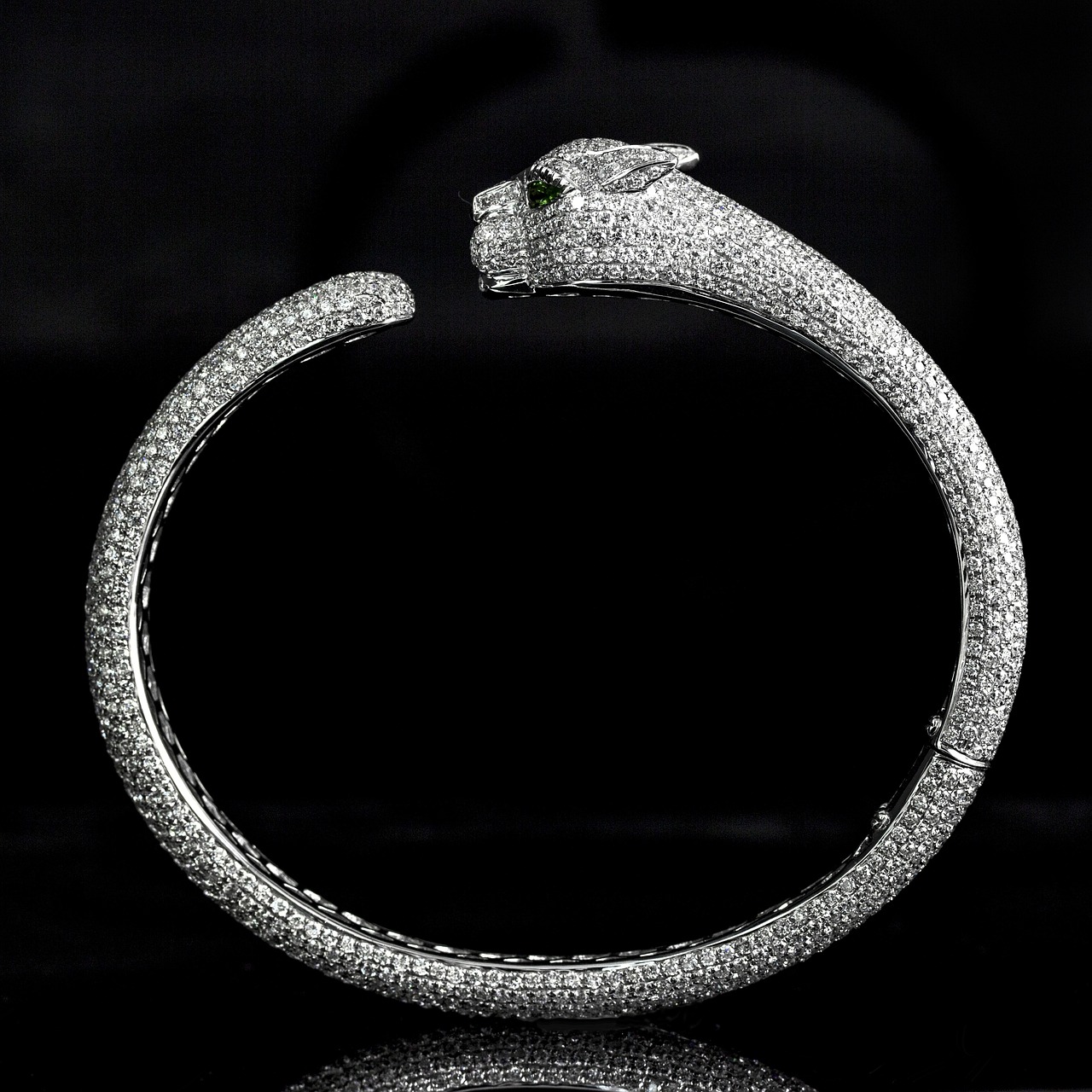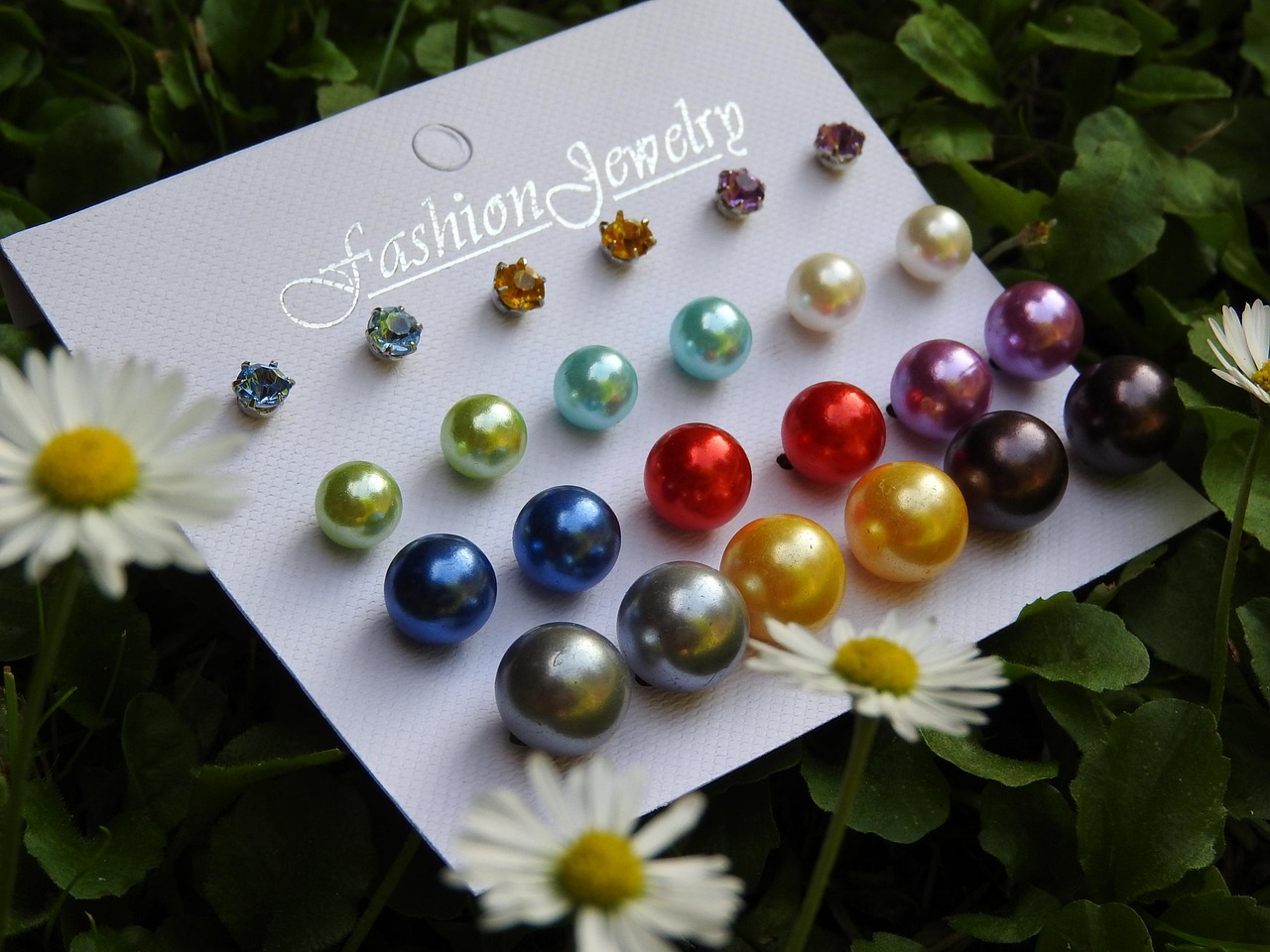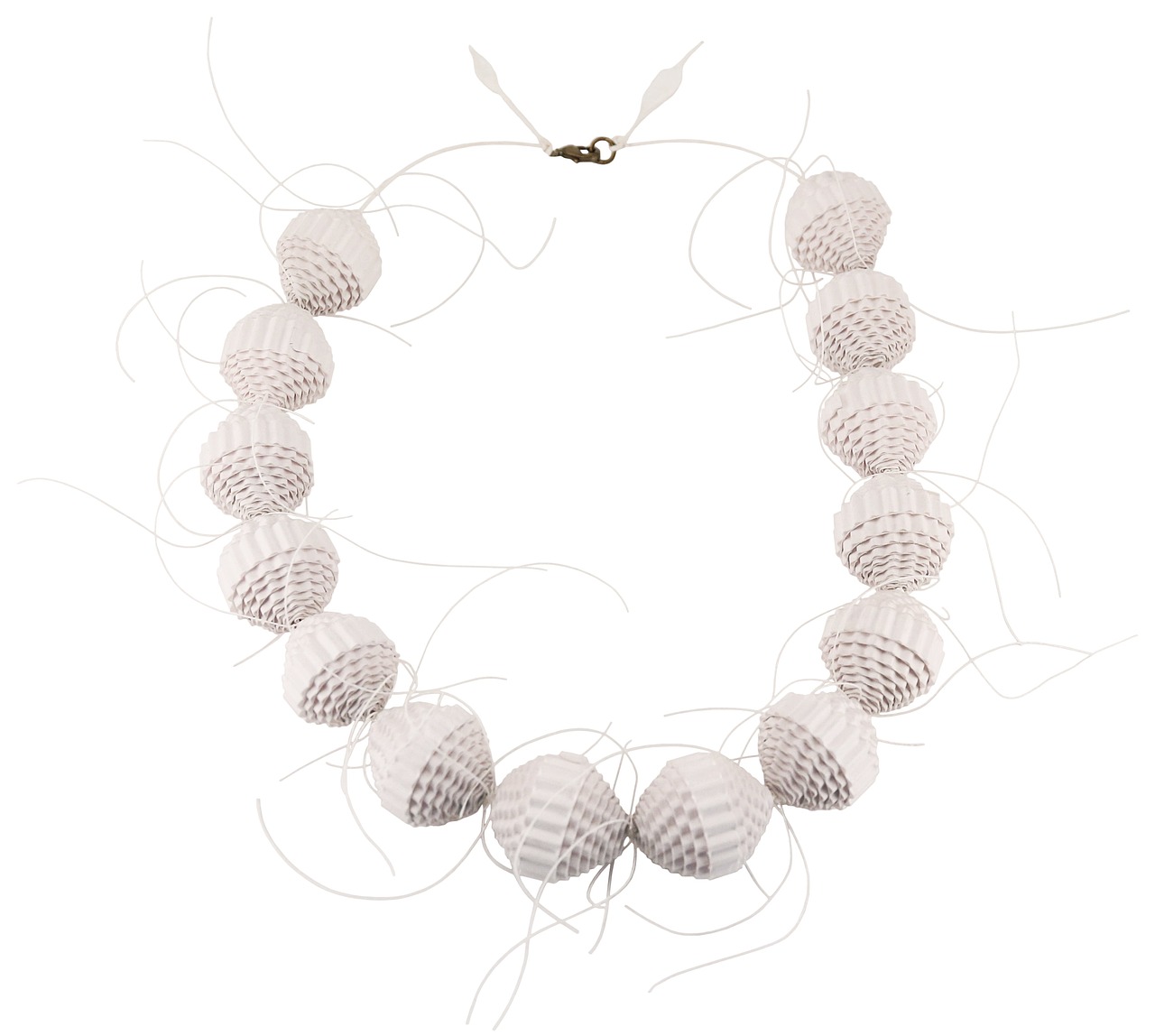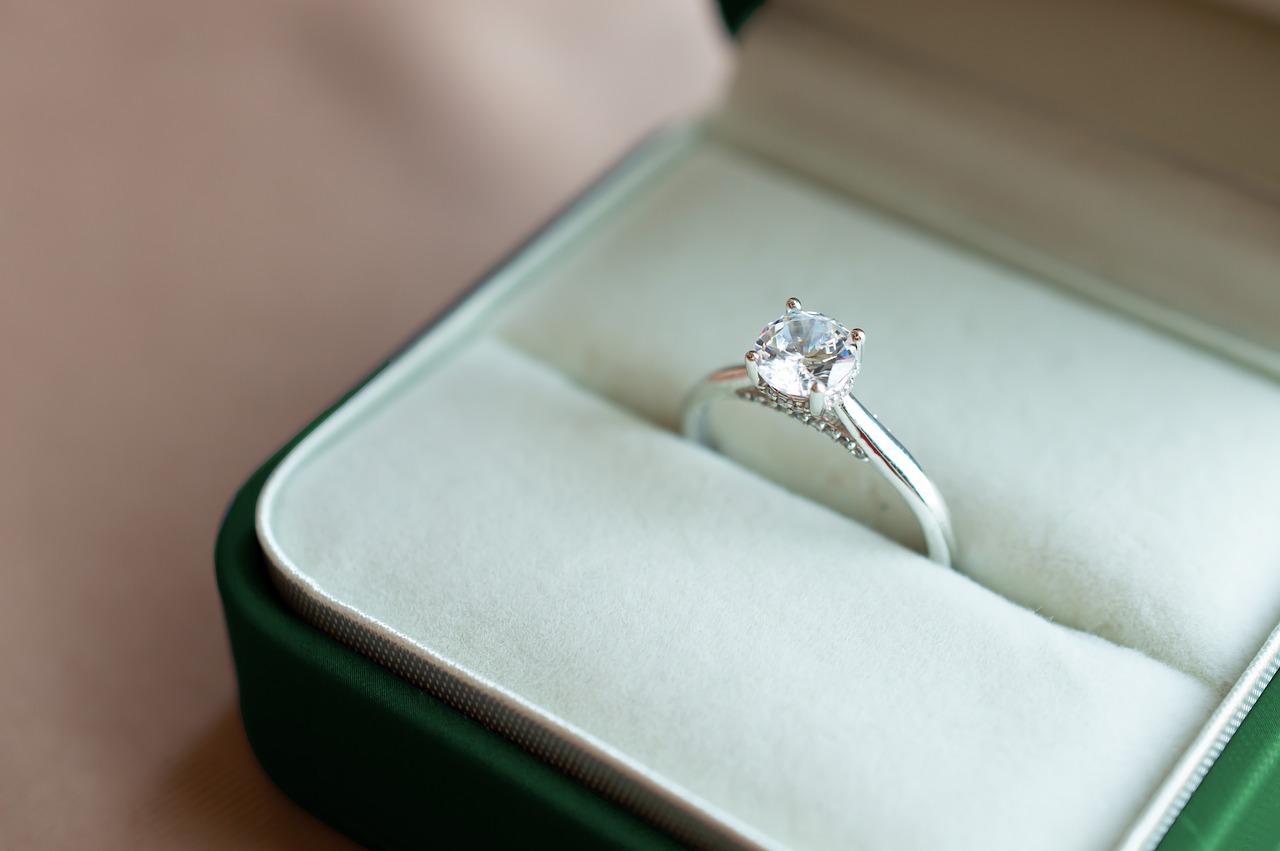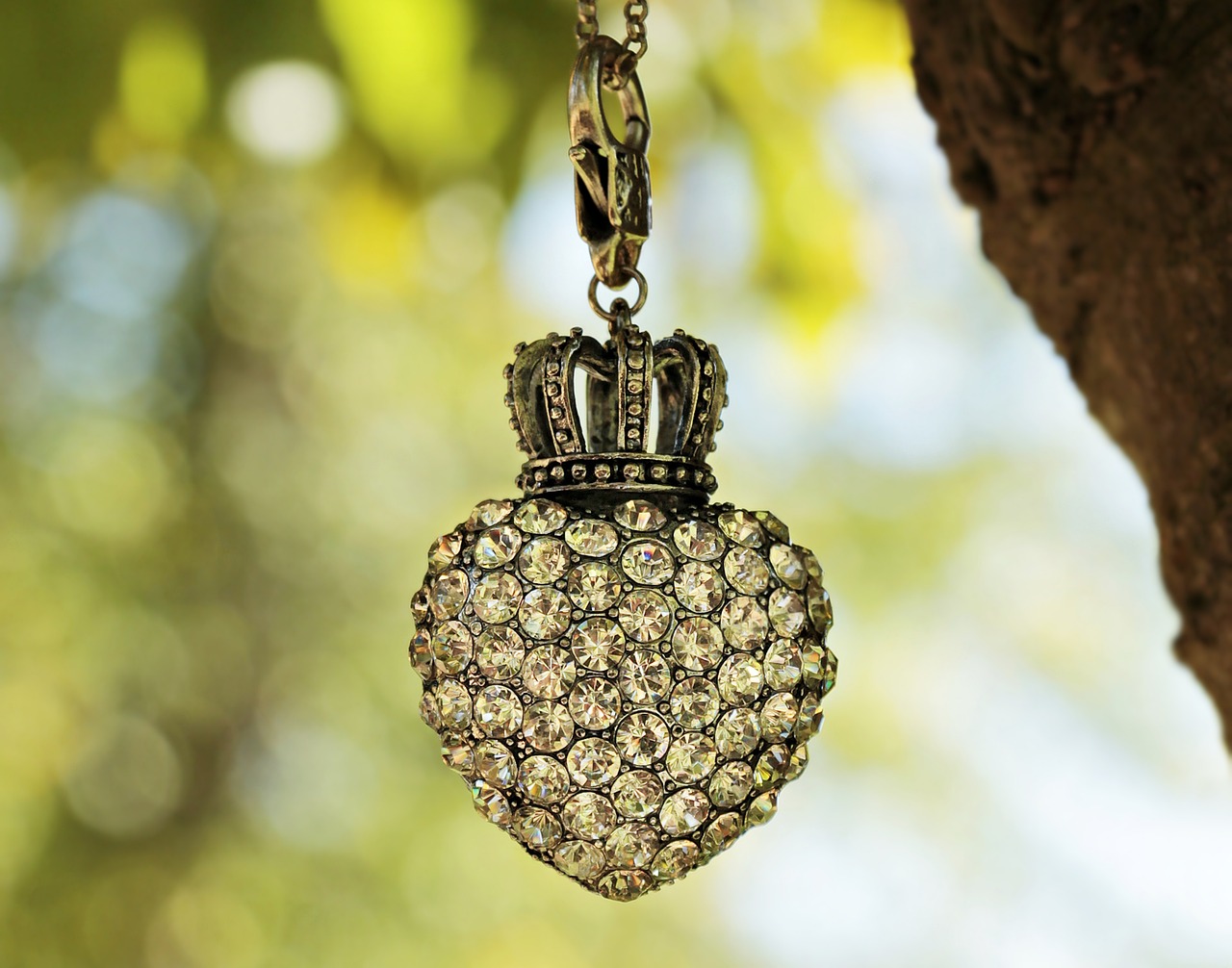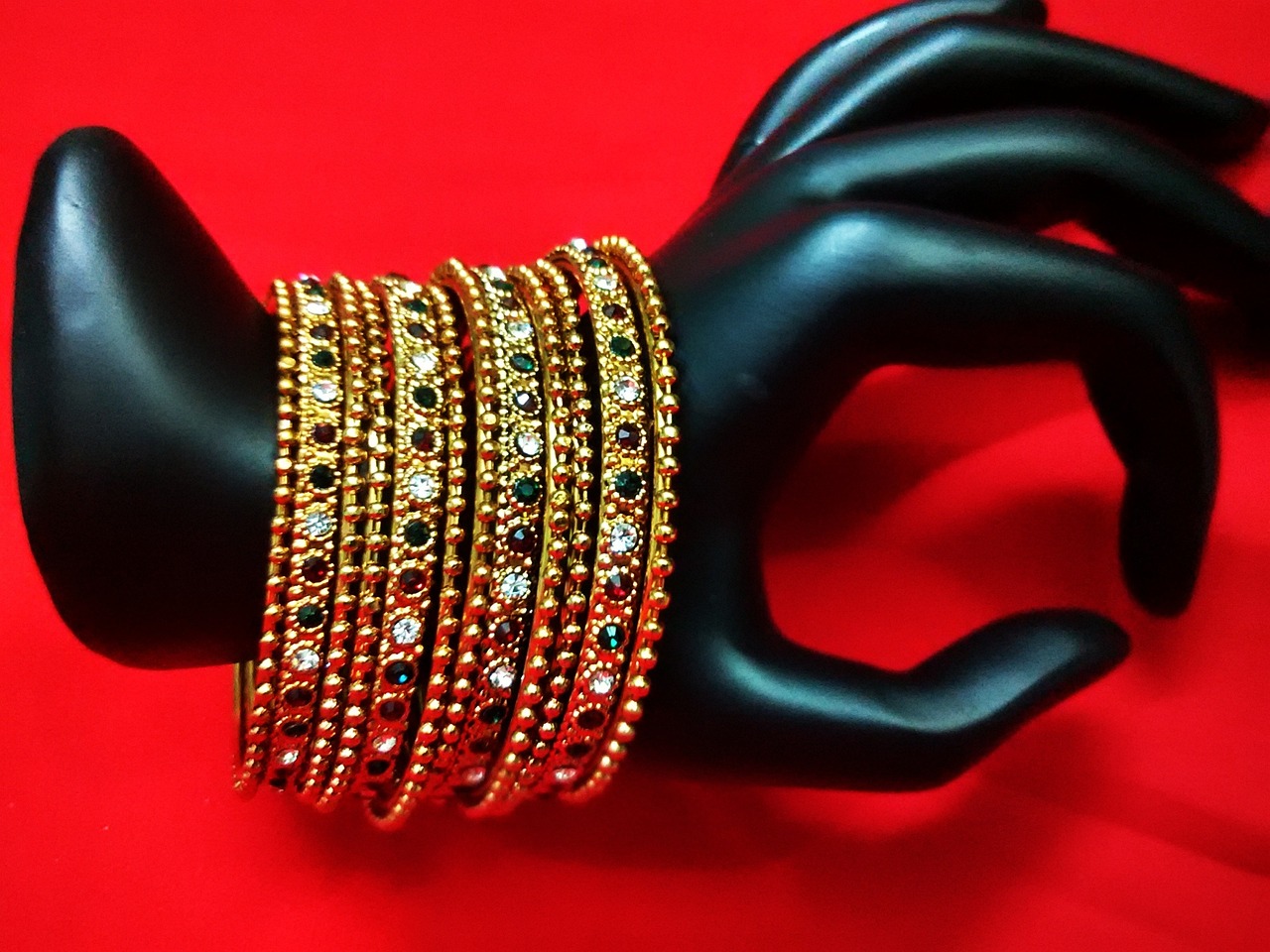Jewelry resale has become an increasingly popular avenue for both buyers and sellers. As trends shift and market dynamics evolve, understanding the best times to sell your jewelry can significantly impact your profits. This article delves into the current trends in jewelry resale, offering insights into market timing, consumer behavior, and economic influences.
In today’s market, jewelry resale trends are shaped by various factors, including consumer preferences, emerging styles, and economic conditions. Sellers must stay informed about these trends to make educated decisions regarding their sales.
Seasonality plays a crucial role in the jewelry market. Certain times of the year, such as holidays and wedding seasons, often see a spike in demand. For instance, spring is traditionally a popular time for engagements, while December typically experiences a surge in gift-giving.
Indeed, holidays are often the prime time for jewelry sales. Sellers can maximize their profits by aligning their selling strategies with major gift-giving occasions like Valentine’s Day and Christmas. During these periods, demand increases, leading to higher prices.
- Mother’s Day
- Anniversaries
- Graduation Season
These events contribute to heightened market activity, making them ideal for sellers.
Preparation is essential for successful holiday sales. Consider marketing strategies, pricing adjustments, and effective inventory management. This proactive approach can enhance your selling experience during peak seasons.
Staying updated on current jewelry styles is vital for sellers. Understanding what is popular can help align your pieces with market demand, potentially increasing your profit margins.
Economic conditions, such as inflation and consumer spending, greatly influence the jewelry resale market. Sellers should monitor these factors to optimize their strategies and maximize profits.
As inflation rises, so do the prices of both new and resale jewelry. Sellers must consider the impact of inflation on their jewelry’s value when deciding to sell, as it can significantly affect their returns.
Indicators of a robust jewelry market include increasing prices, high demand, and growing consumer interest. Recognizing these signs can guide sellers in making informed decisions about when to sell their pieces.
Evaluating the optimal time to sell involves analyzing market trends, personal circumstances, and the condition of your jewelry. A strategic approach can lead to better selling outcomes.
Before making a sale, consider various factors, including emotional attachment, market conditions, and the jewelry’s condition. A thorough assessment ensures more informed decisions.
Setting the right price is crucial for a successful sale. Researching comparable pieces and understanding market value can help sellers price their jewelry competitively, maximizing potential profits.
Choosing the right platform for selling jewelry can significantly impact profits. Options include online marketplaces, auction houses, and local jewelers, each offering unique advantages and challenges.
Online platforms provide access to a broader audience, potentially leading to higher sales. Sellers should weigh the pros and cons of various online marketplaces to find the best fit for their jewelry.
Deciding between auction houses and local jewelers depends on the seller’s specific needs and the type of jewelry being sold. Each option has its benefits and drawbacks, making it essential to consider all aspects before making a choice.
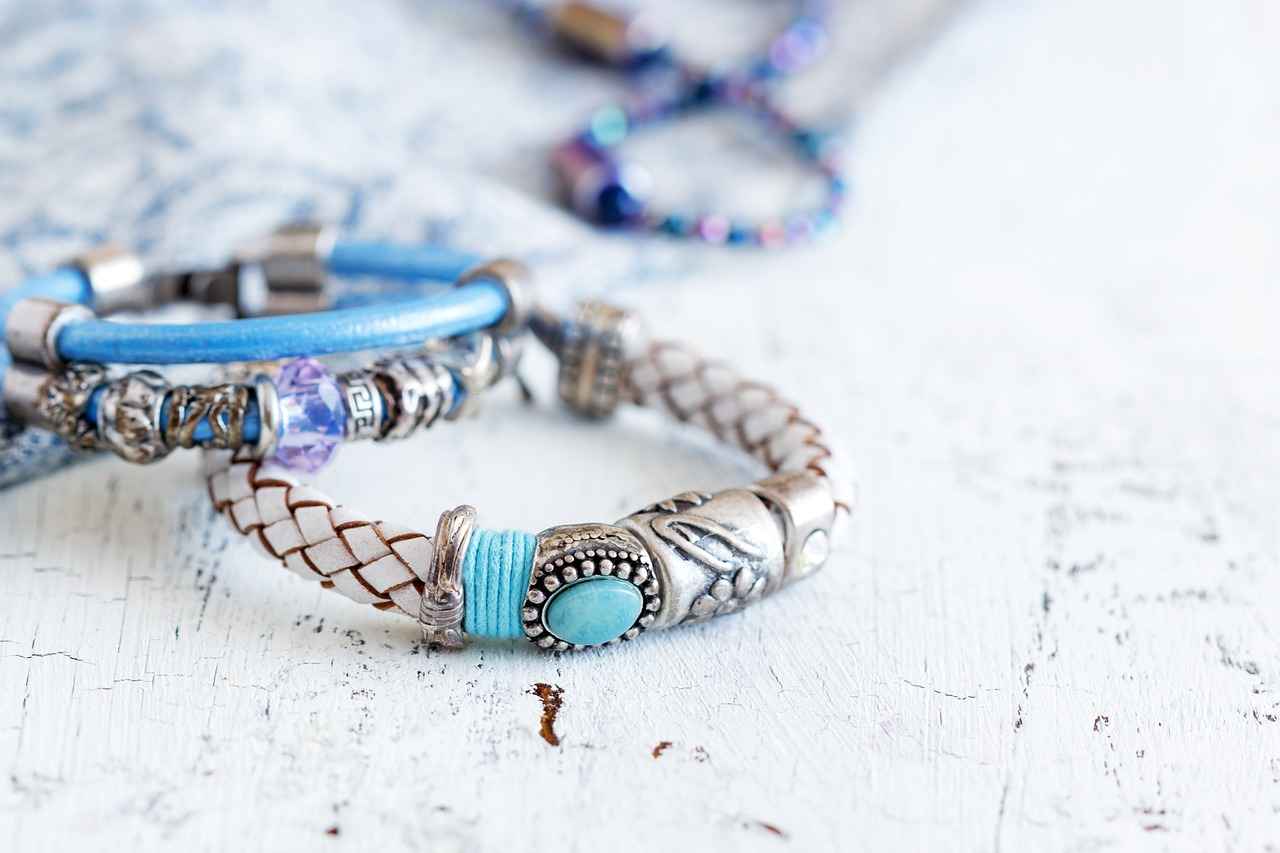
What Are the Current Jewelry Resale Trends?
Understanding the latest trends in jewelry resale can significantly enhance your decision-making process when it comes to selling your pieces. As the jewelry market evolves, several factors such as market demand, styles, and consumer preferences play crucial roles in shaping these trends. This article delves into the current jewelry resale trends, providing insights that can help you maximize your profit when selling.
The jewelry resale market has seen a resurgence in recent years, driven by a growing interest in sustainability and unique, vintage pieces. Consumers are increasingly seeking out pre-owned jewelry as a way to express individuality while also being environmentally conscious. This shift in consumer behavior has led to a rise in demand for antique and vintage jewelry, as well as designer pieces that hold their value over time.
Seasonal fluctuations have a profound impact on jewelry sales. During specific times of the year, such as the holiday season and wedding season, there is typically an increase in demand for jewelry. Sellers can take advantage of these peaks by timing their sales strategically.
Indeed, holidays often witness a surge in jewelry purchases. Major gift-giving occasions, particularly Christmas and Valentine’s Day, create a perfect backdrop for selling. Sellers can capitalize on this demand by preparing their inventory ahead of time and marketing their pieces effectively.
Identifying the most profitable holidays can significantly boost your returns. Events like Mother’s Day and anniversaries are also key opportunities for sellers, as they prompt consumers to seek meaningful gifts.
Preparation is essential for successful holiday sales. Consider implementing marketing strategies, adjusting prices, and managing your inventory to enhance your selling experience during peak seasons. Engaging with customers through social media and email campaigns can also help create buzz around your offerings.
Economic conditions, such as inflation and shifts in consumer spending, greatly influence the jewelry resale market. Sellers must stay informed about these factors to optimize their selling strategies.
Inflation can lead to increased prices for both new and resale jewelry. As the cost of materials rises, so does the value of existing pieces. Sellers should be aware of how inflation affects their jewelry’s market value when deciding to sell.
Recognizing indicators of a robust jewelry market can guide sellers in their decision-making. Signs such as rising prices, high demand, and increased consumer interest signal favorable conditions for selling.
Evaluating the right time to sell involves analyzing market trends, personal circumstances, and the condition of your jewelry. A strategic approach can lead to better selling outcomes.
Several factors, including emotional attachment, market conditions, and the jewelry’s condition, should be evaluated before making a sale. A thorough assessment ensures informed decisions.
Setting the right price is crucial for a successful sale. Researching comparable pieces and understanding the current market value can help you price your jewelry competitively, ensuring that you attract potential buyers while maximizing your returns.
Choosing the right platform for selling jewelry can significantly impact your profits. Online marketplaces, auction houses, and local jewelers each offer unique advantages and challenges.
Online platforms provide access to a broader audience, potentially leading to higher sales. Sellers should consider the pros and cons of various online marketplaces for their jewelry, weighing factors such as fees, audience reach, and ease of use.
Deciding between auction houses and local jewelers depends on your specific needs and the type of jewelry you are selling. Each option has its benefits and drawbacks to consider, such as commission rates and the level of exposure your pieces will receive.
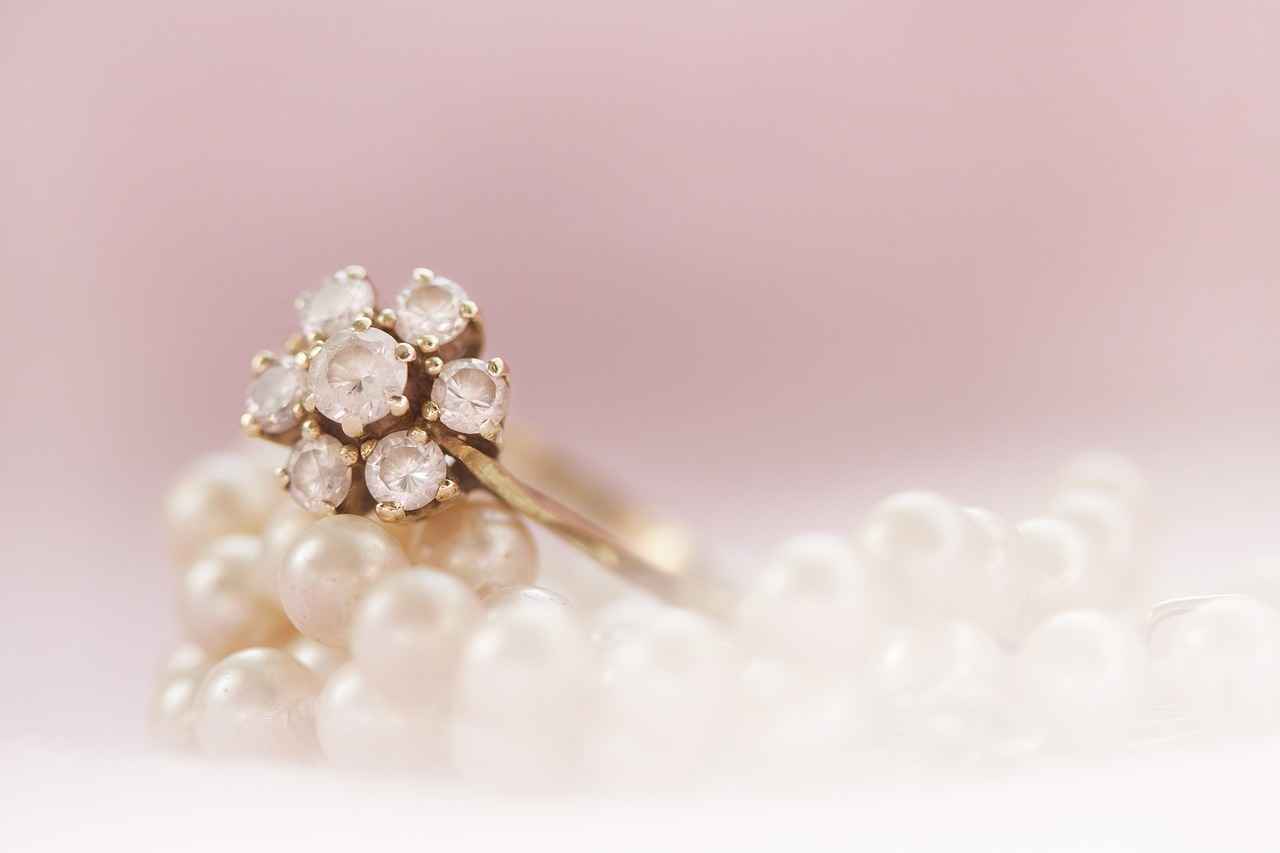
How Seasonal Changes Affect Jewelry Sales?
Seasonal fluctuations play a crucial role in the jewelry market, influencing both demand and pricing. Understanding these changes can help sellers optimize their strategies for maximum profit. This article will delve into how different seasons affect jewelry sales, highlighting key periods when sellers can expect heightened interest and potentially higher prices.
Various seasonal factors impact jewelry sales, primarily driven by consumer behavior and cultural traditions. Key seasons include:
- Holidays: Major holidays such as Christmas, Valentine’s Day, and Mother’s Day see a significant uptick in jewelry purchases as gifts.
- Wedding Season: Typically occurring from late spring to early fall, this period witnesses increased sales of engagement rings and wedding bands.
- Promotional Events: Events like Black Friday and Cyber Monday create additional opportunities for sellers to capitalize on consumer spending.
Holidays are often synonymous with gift-giving, leading to a surge in jewelry sales. For instance, during Valentine’s Day, couples flock to jewelry stores to purchase romantic gifts, particularly necklaces and rings. Similarly, Mother’s Day sees an increase in sales of sentimental pieces, such as birthstone jewelry. Sellers can benefit from this seasonal demand by strategically planning their inventory and marketing efforts.
Identifying the most lucrative holidays is essential for maximizing returns. The following holidays are particularly profitable for jewelry sales:
- Christmas: The holiday season is the peak time for jewelry sales, with consumers eager to purchase gifts for loved ones.
- Valentine’s Day: This holiday is synonymous with romance, driving a significant increase in demand for engagement rings and heart-themed jewelry.
- Mother’s Day: Jewelry that celebrates motherhood, such as personalized pieces, sees heightened interest during this time.
Preparation is key for successful seasonal sales. Here are some strategies sellers can implement:
- Marketing Strategies: Utilize social media and email marketing to promote special offers and highlight seasonal collections.
- Inventory Management: Ensure that popular items are well-stocked in anticipation of increased demand.
- Pricing Adjustments: Consider temporary price reductions or bundled offers to attract more customers during peak seasons.
Seasonal changes often bring shifts in jewelry styles. For example, summer typically features lighter, more colorful pieces, while winter may see a preference for more luxurious, statement items. Staying updated on current trends can help sellers align their offerings with consumer preferences.
To make informed decisions about when to sell, it’s essential to analyze past sales data and current market trends. Look for patterns in consumer behavior during specific seasons and adjust your selling strategies accordingly. This proactive approach can lead to improved sales performance.
Are Holidays the Best Time to Sell Jewelry?
The jewelry market experiences notable fluctuations throughout the year, particularly during the holiday season. Understanding these trends is essential for sellers looking to maximize their profits. This section delves into whether holidays are indeed the best time to sell jewelry, focusing on key gift-giving occasions and consumer behavior.
Holidays are synonymous with gift-giving, and this cultural phenomenon significantly drives up demand for jewelry. During festive seasons like Christmas and Valentine’s Day, consumers are more inclined to purchase jewelry as gifts for loved ones. This seasonal demand creates a lucrative opportunity for sellers to capitalize on their inventory.
- Christmas: The holiday season sees a surge in jewelry sales as people look for meaningful gifts.
- Valentine’s Day: Romantic gestures often include jewelry, making this day particularly profitable.
- Mother’s Day: Jewelry is a popular choice for children wanting to show appreciation for their mothers.
- Anniversaries: Couples frequently celebrate milestones with jewelry, leading to increased sales during these times.
Preparation is crucial for maximizing holiday sales. Here are some strategies sellers can implement:
- Marketing Strategies: Utilize social media and email campaigns to promote special offers and highlight popular items.
- Pricing Adjustments: Consider competitive pricing based on market trends and consumer demand.
- Inventory Management: Ensure that popular items are well-stocked and ready for sale to meet increased demand.
While holidays present opportunities, sellers should also be aware of potential risks:
- Increased Competition: Many sellers flood the market during holidays, which can drive prices down.
- Consumer Spending Habits: Economic factors can influence how much consumers are willing to spend on luxury items.
Social media platforms can be powerful tools for reaching potential buyers during the holiday season. Sellers should consider:
- Engaging Content: Create visually appealing posts showcasing jewelry pieces, including lifestyle images and videos.
- Targeted Ads: Use targeted advertising to reach specific demographics likely to purchase jewelry gifts.
- Influencer Collaborations: Partnering with influencers can amplify reach and enhance credibility.
Analyzing previous holiday sales can provide valuable insights into consumer behavior and preferences. Sellers should review:
- Top-Selling Items: Identify which pieces sold well and consider restocking similar styles.
- Customer Feedback: Gather reviews and feedback to improve product offerings and customer service.
In conclusion, holidays are indeed an optimal time for selling jewelry. By understanding market dynamics, preparing effectively, and leveraging marketing strategies, sellers can enhance their chances of success during these peak seasons.
Which Holidays Are Most Profitable for Selling?
When it comes to selling jewelry, timing can significantly influence your profits. Identifying the most profitable holidays for selling jewelry is essential for maximizing your returns. Key events, such as Mother’s Day, Valentine’s Day, and anniversaries, are not only popular gift-giving occasions but also times when consumers are more willing to spend on jewelry. This article delves into the specific holidays that present the best opportunities for jewelry sellers.
Holidays create a unique market dynamic where the demand for jewelry surges. During these times, buyers are often motivated by emotional connections, making them more likely to purchase meaningful gifts. This emotional drive can lead to higher sales prices, allowing sellers to capitalize on increased consumer interest. Understanding this seasonal spike can help you plan your sales strategy effectively.
- Valentine’s Day: This holiday is synonymous with romance, making it a prime time for selling engagement rings, necklaces, and earrings.
- Mother’s Day: Jewelry is a popular gift choice for mothers, with items like charm bracelets and personalized pieces seeing a notable uptick in sales.
- Anniversaries: Many couples celebrate milestones with jewelry, making anniversaries a lucrative opportunity for sellers.
- Christmas: The holiday season sees a significant increase in jewelry purchases, as many people buy gifts for loved ones.
- Graduation: This occasion often prompts the purchase of meaningful jewelry, such as class rings or personalized gifts.
Preparation is crucial for maximizing your sales during these peak times. Here are some strategies to consider:
- Marketing Strategies: Utilize social media and email marketing to reach potential buyers. Highlight special promotions or unique pieces that align with the holiday theme.
- Pricing Adjustments: Analyze market trends and adjust your pricing accordingly. Offering limited-time discounts or bundles can attract more customers.
- Inventory Management: Ensure you have a diverse range of products available that cater to different tastes and budgets.
Staying informed about current jewelry trends can significantly impact your sales strategy. For example, personalized jewelry and sustainable pieces are gaining popularity. By aligning your inventory with these trends during key holidays, you can enhance your appeal to buyers.
To effectively gauge market demand for jewelry during holidays, consider the following:
- Consumer Behavior: Analyze previous sales data during the same holiday periods to forecast demand.
- Social Media Insights: Monitor social media platforms for trending styles and consumer preferences.
- Competitor Analysis: Observe what similar businesses are promoting and how they position their products.
In conclusion, understanding which holidays are most profitable for selling jewelry can greatly enhance your selling strategy. By preparing adequately and aligning your offerings with market trends, you can maximize your returns during these key selling periods.
How to Prepare for Holiday Sales?
In the world of jewelry sales, preparation is essential for achieving success during the bustling holiday seasons. As the demand for jewelry often peaks around festive occasions, sellers must adopt effective strategies to maximize their profits. This article delves into key aspects to consider when preparing for holiday sales, ensuring that your selling experience is both profitable and seamless.
One of the most effective ways to prepare for holiday sales is to implement targeted marketing strategies. Utilizing social media platforms, email campaigns, and online advertisements can significantly increase your visibility. Consider creating eye-catching promotions or limited-time offers that resonate with consumers. Engaging content, such as tutorials on how to style your jewelry, can also attract potential buyers and drive sales.
Pricing is a critical factor that can influence buyer decisions. During the holiday season, it’s wise to evaluate your pricing strategy. Research similar items in the market to ensure your prices are competitive. Consider offering discounts or bundled deals to entice buyers. Remember, psychological pricing, such as pricing items just below a round number, can create a perception of value and encourage purchases.
Proper inventory management is vital as it directly impacts your ability to meet demand. Start by assessing your current stock and identifying which pieces are likely to be popular during the holidays. Ensure you have enough inventory of these items to avoid running out. Additionally, consider diversifying your offerings to cater to various customer preferences. Seasonal trends can change rapidly, so staying updated on what’s in vogue is essential.
In today’s digital age, leveraging online platforms for your jewelry sales can significantly broaden your reach. Consider listing your pieces on popular marketplaces such as Etsy or eBay. These platforms often have built-in audiences looking for unique gifts during the holidays. Ensure your product descriptions are detailed and include high-quality images to attract potential buyers. SEO optimization in your listings can also enhance visibility in search results.
Establishing strong relationships with customers can lead to repeat business and referrals. Engage with your audience through personalized communication, responding promptly to inquiries and feedback. Consider implementing a loyalty program or offering exclusive deals to returning customers. Building a community around your brand fosters trust and can significantly impact your sales during peak seasons.
As the holiday season approaches, ensuring a smooth shipping process is crucial. Review your shipping options and choose reliable carriers that offer timely delivery. Consider offering free shipping to attract more buyers, as many consumers prioritize this during the holidays. Clearly communicate shipping timelines and policies on your listings to manage customer expectations effectively.
Staying informed about current market trends can provide valuable insights into consumer behavior and preferences. Follow industry news, join online forums, and engage with other sellers to gather information. Understanding what styles, materials, and price points are trending can help you make informed decisions about your inventory and marketing strategies.
In conclusion, preparing for holiday sales involves a multi-faceted approach that includes marketing, pricing, inventory management, and customer engagement. By focusing on these key areas, sellers can enhance their chances of success and make the most of the lucrative holiday season.
Are There Specific Trends in Jewelry Styles?
In the ever-evolving world of jewelry, understanding current styles is essential for sellers looking to optimize their profits. Jewelry trends are not just about aesthetics; they reflect broader cultural and economic shifts. By aligning their pieces with popular trends, sellers can significantly enhance their market appeal and timing.
Staying informed about the latest jewelry styles allows sellers to align their offerings with market demand. Trends can dictate not only what is popular but also when is the best time to sell. For instance, during a surge in popularity for vintage or eco-friendly jewelry, sellers with such pieces can capitalize on this trend, potentially leading to higher profits.
Timing is crucial in the jewelry market. When a particular style gains traction, sellers can see a spike in interest. For example, if minimalist jewelry is trending, sellers with pieces that fit this aesthetic should consider listing them promptly. Conversely, holding onto pieces that are out of style may result in lower sales prices.
- Vintage and Antique Styles: There is a growing appreciation for unique, historical pieces that tell a story.
- Eco-Friendly Jewelry: Sustainable materials and ethical sourcing are increasingly important to consumers.
- Personalized and Custom Jewelry: Items that can be customized, such as name necklaces or birthstone rings, are highly sought after.
- Chunky and Statement Pieces: Bold designs that make a statement are gaining popularity, especially among younger demographics.
To remain competitive, sellers should actively monitor fashion shows, social media platforms, and jewelry exhibitions. Engaging with jewelry influencers and following industry publications can provide valuable insights into emerging trends. Furthermore, leveraging tools like Google Trends can help sellers understand what styles are gaining traction online.
Social media platforms, particularly Instagram and Pinterest, have become pivotal in shaping jewelry trends. Influencers often showcase the latest styles, which can lead to rapid shifts in consumer preferences. Sellers should consider collaborating with influencers to enhance visibility and reach a broader audience.
Before listing jewelry, sellers should conduct thorough market research to assess the potential profit. This includes analyzing similar pieces, understanding consumer demand, and evaluating the condition of their jewelry. By being well-informed, sellers can set competitive prices that reflect current trends.
In conclusion, understanding specific trends in jewelry styles is vital for sellers aiming to maximize their profits. By aligning their offerings with market demand and staying informed about consumer preferences, sellers can effectively navigate the dynamic jewelry landscape.

What Role Do Economic Factors Play in Jewelry Resale?
The jewelry resale market is significantly influenced by various economic factors, which can dictate the timing and pricing of sales. Understanding these elements is essential for sellers aiming to optimize their strategies and maximize profits.
One of the most critical economic indicators is inflation. As inflation rises, the cost of goods, including jewelry, tends to increase. This can have a dual effect on the resale market. On one hand, sellers may find that their pieces appreciate in value, making it an opportune time to sell. On the other hand, consumers may be less willing to spend on luxury items during periods of high inflation, which can decrease demand.
Another vital aspect is consumer spending. In times of economic prosperity, consumers are more likely to indulge in luxury purchases, including jewelry. Conversely, during economic downturns, discretionary spending often declines, leading to a less favorable market for sellers. Sellers must stay attuned to consumer confidence indices and spending trends to determine the best times to list their jewelry.
Additionally, the unemployment rate can serve as an indicator of consumer spending power. High unemployment typically correlates with reduced disposable income, which can negatively impact the jewelry resale market. Sellers should monitor employment trends to gauge potential shifts in consumer behavior.
Furthermore, global events and their economic repercussions can also affect the jewelry market. Events such as trade disputes, geopolitical tensions, or pandemics can disrupt supply chains and alter consumer preferences. For instance, during the COVID-19 pandemic, many consumers shifted their spending from luxury items to essential goods, significantly impacting jewelry sales.
To navigate these economic conditions effectively, sellers should consider the following strategies:
- Stay Informed: Regularly review economic news and market reports to understand trends and forecasts.
- Adjust Pricing: Be flexible with pricing strategies based on current market conditions and consumer sentiment.
- Timing is Key: Identify periods of increased consumer spending, such as holidays or economic recoveries, to time your sales accordingly.
- Market Research: Analyze comparable sales in your area to gauge fair pricing and demand levels.
In conclusion, understanding the interplay between economic factors and the jewelry resale market is crucial for sellers. By staying informed and adapting strategies based on current conditions, sellers can enhance their chances of achieving maximum profit from their jewelry sales.
How Does Inflation Impact Jewelry Prices?
Inflation is a significant economic factor that can substantially influence the jewelry market. As prices rise across various sectors, jewelry is no exception. Understanding how inflation affects jewelry prices is crucial for both buyers and sellers in the market.
Inflation refers to the general increase in prices and the decline in purchasing power of money. When inflation rates rise, the cost of raw materials, labor, and production increases, which in turn affects the retail prices of both new and resale jewelry. This means that consumers may find themselves paying more for their favorite pieces, whether they are buying directly from a jeweler or purchasing second-hand items.
For sellers, understanding the implications of inflation on their jewelry’s value is essential. As inflation rises, the perceived value of jewelry can also increase. This is because consumers often view jewelry as a tangible asset that can retain or appreciate in value over time, especially during economic uncertainty. Therefore, when inflation is high, sellers may find that they can command higher prices for their pieces.
- Market Timing: Sellers should pay close attention to market conditions. If inflation is expected to continue rising, it may be wise to sell sooner rather than later.
- Condition of Jewelry: The condition of the jewelry significantly impacts its resale value. Well-maintained pieces are more likely to fetch higher prices.
- Market Demand: Understanding consumer demand during inflationary periods can help sellers make informed decisions about pricing and timing.
To maximize profits during periods of inflation, sellers can adopt several strategies:
- Research Comparable Sales: Investigating recent sales of similar pieces can provide valuable insights into current market prices.
- Highlight Unique Features: Emphasizing the unique aspects of a piece, such as its craftsmanship or historical significance, can attract buyers willing to pay a premium.
- Consider Professional Appraisal: Obtaining a professional appraisal can help set a competitive price based on current market conditions.
While there are opportunities to profit from selling jewelry during inflation, there are also inherent risks:
- Market Volatility: Inflation can lead to unpredictable market conditions, making it challenging to determine the right time to sell.
- Consumer Spending Habits: During high inflation, consumers may cut back on discretionary spending, which includes jewelry purchases.
- Overpricing Risks: Sellers may be tempted to overprice their items based on inflation, which can deter potential buyers.
Understanding the effects of inflation on jewelry prices is vital for sellers looking to navigate the market successfully. By staying informed about economic trends and consumer behavior, sellers can make strategic decisions that enhance their chances of achieving maximum profit. In a fluctuating economy, knowledge and preparation are key to thriving in the jewelry resale market.
What Are the Signs of a Strong Jewelry Market?
Understanding the dynamics of the jewelry market is essential for sellers looking to maximize their profits. Recognizing the signs of a strong jewelry market can significantly influence decision-making. By identifying key indicators, sellers can better time their sales and enhance their overall profitability.
Several factors contribute to a robust jewelry market. These indicators include:
- Rising Prices: Consistent increases in jewelry prices often signal a healthy market. When demand outpaces supply, prices tend to rise, making it a prime time for sellers.
- High Demand: An increase in consumer interest, particularly during specific seasons or events, indicates a strong market. Sellers should monitor trends in consumer behavior to capitalize on heightened demand.
- Increased Consumer Interest: A surge in inquiries and purchases, whether online or in-store, reflects a vibrant market. Social media trends and influencer marketing can contribute to this interest.
The jewelry market does not exist in a vacuum; it is significantly influenced by broader economic conditions. Factors such as inflation, consumer spending, and disposable income play crucial roles in shaping market dynamics. For instance, during economic booms, consumers are more likely to spend on luxury items, including jewelry.
Seasonal trends can greatly affect the strength of the jewelry market. Certain times of the year, such as the holiday season and wedding season, typically see a spike in jewelry sales. Sellers should be aware of these trends and prepare accordingly.
- Holiday Seasons: Major holidays like Christmas and Valentine’s Day are often the best times to sell jewelry due to increased gift-giving.
- Wedding Seasons: Engagement rings and wedding bands see heightened demand during peak wedding months, making it an opportune time for sellers.
Once sellers recognize the signs of a strong jewelry market, they can implement strategies to optimize their sales. Here are some practical tips:
1. Monitor market trends regularly to stay informed about price fluctuations and consumer preferences.2. Adjust pricing strategies based on demand and competition.3. Utilize social media and online platforms to reach a broader audience during peak times.4. Consider timing your sales around significant events or trends to maximize visibility and interest.
Staying informed about the jewelry market is essential for making strategic selling decisions. By understanding the indicators of a strong market, sellers can avoid losses and ensure they are capitalizing on favorable conditions. Regularly consulting industry reports, attending trade shows, and engaging with other sellers can provide valuable insights.
In conclusion, recognizing the signs of a robust jewelry market—such as rising prices, high demand, and increased consumer interest—can significantly guide sellers in their decision-making process. By leveraging these indicators, sellers can optimize their strategies and enhance their profitability in the jewelry resale market.
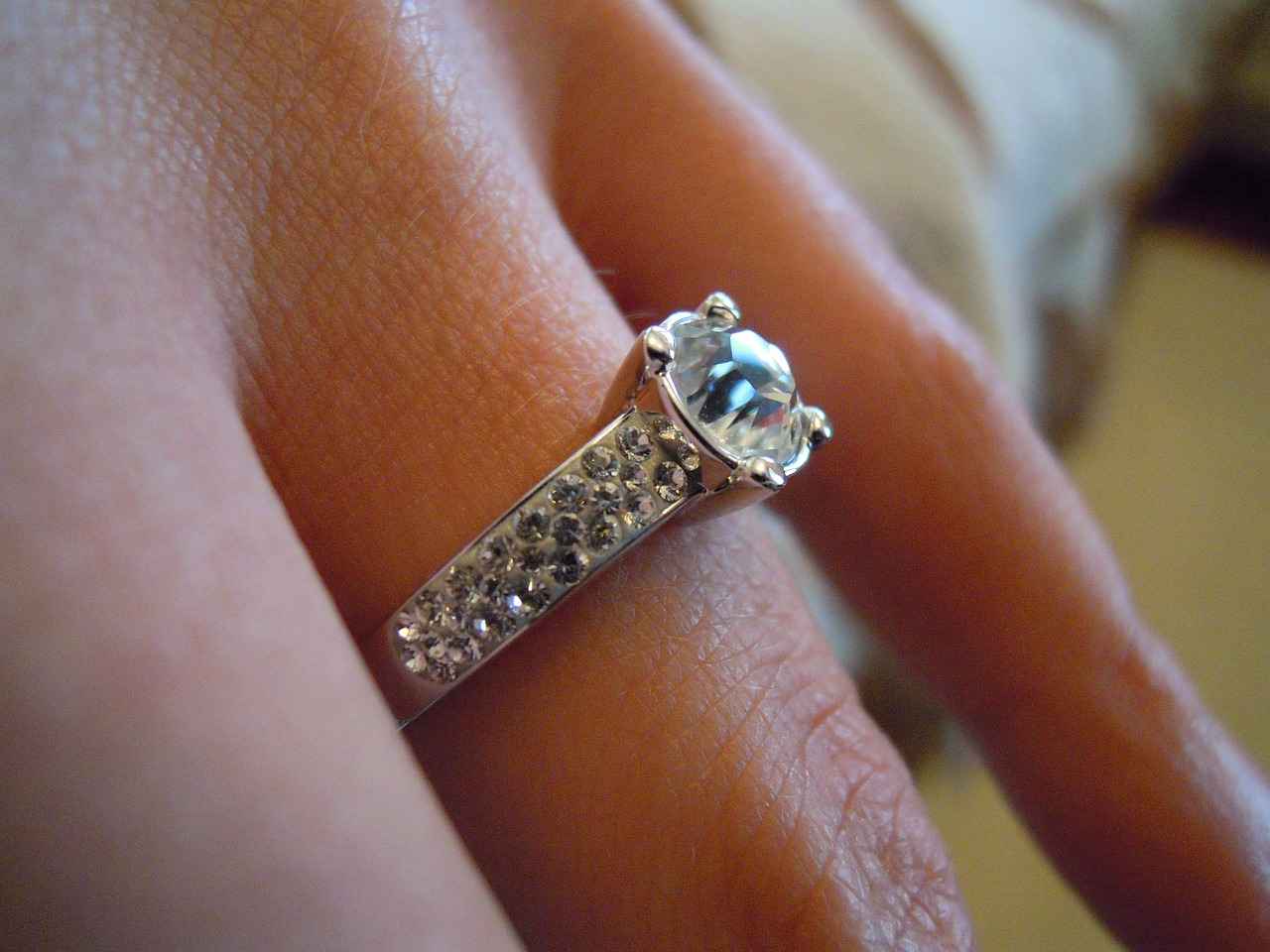
How to Evaluate the Best Time for Selling Your Jewelry?
When it comes to selling jewelry, timing is everything. Evaluating the best moment to sell requires a deep understanding of various factors, including market trends, personal circumstances, and the condition of your jewelry. A strategic approach can significantly enhance your selling outcomes.
To make informed decisions, you must stay updated on current market trends. This involves analyzing the demand for specific types of jewelry, popular styles, and consumer preferences. For instance, if vintage pieces are trending, and you own a vintage necklace, it may be the perfect time to sell.
Your personal situation plays a crucial role in determining when to sell. Are you facing financial challenges? Do you need to declutter your collection? Assessing your personal circumstances can help you decide if it’s the right time to part with your jewelry. Emotional attachment can also influence your decision; ensure that you are ready to let go.
The physical state of your jewelry is another critical factor. Jewelry in excellent condition fetches higher prices. Before selling, consider having your pieces cleaned and repaired. A well-maintained item not only looks appealing but also assures potential buyers of its value.
Timing your sale around seasons can also be beneficial. For example, many people buy jewelry during the holiday season, making it a lucrative time for sellers. Understanding seasonal trends can help you maximize your profits. Consider the following:
- Spring: Wedding season often leads to increased demand for engagement rings and bridal jewelry.
- Summer: This season may see a dip in sales, but unique pieces can still attract attention.
- Fall: As people prepare for the holiday season, jewelry sales can begin to rise.
- Winter: The holiday season is typically the most profitable time for selling jewelry.
Before deciding on a selling price, it’s essential to research comparable sales. Look for similar pieces online and in local stores to gauge the current market value. Understanding the pricing landscape allows you to set a competitive price that attracts buyers while ensuring you receive a fair return.
Online marketplaces have revolutionized the way jewelry is sold. They provide sellers with access to a broader audience, increasing the potential for higher sales. However, it’s important to choose the right platform. Some options include:
- Etsy: Ideal for handmade or vintage pieces.
- eBay: Great for auction-style listings.
- Facebook Marketplace: Local sales can be facilitated easily.
If you’re uncertain about the best time to sell or how to price your jewelry, consulting a professional appraiser or a jeweler can provide valuable insights. They can offer expert advice tailored to your specific pieces and the current market.
In conclusion, evaluating the right time to sell your jewelry involves a comprehensive analysis of market trends, personal circumstances, and the condition of your pieces. By taking a strategic approach, you can optimize your selling outcomes and achieve the best possible return on your investment.
What Factors Should You Consider Before Selling?
When considering the sale of your jewelry, it is essential to evaluate multiple factors that can influence both the process and the outcome. Understanding these aspects not only helps in making informed decisions but also ensures that you achieve the best possible return on your investment.
Jewelry often carries significant emotional value, making it challenging to part with certain pieces. Before deciding to sell, reflect on your attachment to the item. Is it a family heirloom or a gift from a loved one? The emotional significance may impact your willingness to sell and the price you are willing to accept.
The jewelry market is subject to fluctuations based on various economic factors. Keeping an eye on market trends, including demand for specific styles and materials, can help you determine the right time to sell. For instance, if there is a surge in demand for vintage pieces, selling your vintage jewelry during that time may yield higher profits.
The condition of your jewelry plays a crucial role in its resale value. Assess whether your pieces require any repairs or cleaning before putting them on the market. Items in excellent condition will attract more buyers and command better prices. Consider having your jewelry professionally appraised to understand its current market value.
Staying informed about current fashion trends can significantly impact your selling decision. If your jewelry aligns with popular styles, it may be more appealing to potential buyers. Research what types of jewelry are trending, such as minimalist designs or statement pieces, to better position your items in the market.
Timing is critical when it comes to selling jewelry. Certain times of the year, such as the holiday season or during major events like weddings, can lead to increased demand. Planning your sale around these peak times can maximize your profit potential. Additionally, consider external factors such as economic conditions and consumer spending habits.
Determining the right price for your jewelry is essential for a successful sale. Research similar items in the market to gauge competitive pricing. Consider factors such as brand, age, and condition when setting your price. Remember, pricing too high may deter buyers, while pricing too low can lead to losses.
Choosing the right platform for selling your jewelry can significantly impact your profits. Options range from online marketplaces to local jewelers and auction houses. Each platform has its advantages and disadvantages. For example, online platforms may reach a wider audience, while local jewelers may offer immediate cash sales.
Be aware of any legal considerations that may apply to the sale of your jewelry, especially if it is of high value or carries historical significance. Ensure that you have the proper documentation, such as appraisals or certificates of authenticity, to facilitate a smooth transaction.
In summary, selling jewelry is not merely a financial decision; it involves a comprehensive evaluation of emotional, market, and practical factors. By considering these elements, you can make informed choices that align with your goals and maximize your returns.
How to Determine the Right Price for Your Jewelry?
Determining the right price for your jewelry is a fundamental step in ensuring a successful sale. The process requires a blend of research, market understanding, and strategic thinking. In this section, we will delve into various methods and considerations that can assist you in setting a competitive price for your jewelry pieces.
Pricing your jewelry correctly is essential for attracting potential buyers and achieving the best possible return. If the price is too high, you risk deterring interested customers; if it’s too low, you may not receive the value your piece deserves. Thus, finding a balance is key.
One of the most effective ways to determine a fair price is to research similar pieces currently on the market. Websites like eBay, Etsy, and 1stDibs can provide insights into how similar items are priced. Pay attention to:
- Type of jewelry (e.g., rings, necklaces, bracelets)
- Materials used (e.g., gold, silver, gemstones)
- Condition of the piece (new vs. pre-owned)
- Brand reputation and designer influence
Understanding the current market value of your jewelry is crucial. Factors that influence market value include:
- Market Demand: Popular trends can affect how much buyers are willing to pay.
- Seasonality: Prices may fluctuate during peak seasons, such as holidays.
- Economic Conditions: Inflation and consumer spending patterns can also impact pricing.
While it’s important to base your pricing on market data, don’t forget to consider the emotional value your jewelry holds. If the piece has significant sentimental value, you might be inclined to price it higher. However, be realistic about how this will affect potential buyers.
If you’re unsure about pricing, consulting with a professional appraiser can provide you with a more accurate valuation. Appraisers can offer insights based on their expertise and experience, ensuring that you set a price that reflects both the piece’s intrinsic value and current market conditions.
Once you have set an initial price, be prepared to adjust it based on buyer feedback and market changes. If your jewelry isn’t attracting interest, consider lowering the price or offering promotions to entice buyers. Conversely, if you receive multiple inquiries, it may indicate that your price is too low.
Several online tools can assist you in determining the right price for your jewelry. Websites like PriceScope and GemGuide offer valuable data on gemstone prices and market trends. Utilizing these resources can enhance your pricing strategy and help you stay competitive.
In conclusion, setting the right price for your jewelry is a multifaceted process that involves research, market understanding, and strategic adjustments. By utilizing the methods discussed, you can confidently price your pieces to attract buyers and maximize your profits.
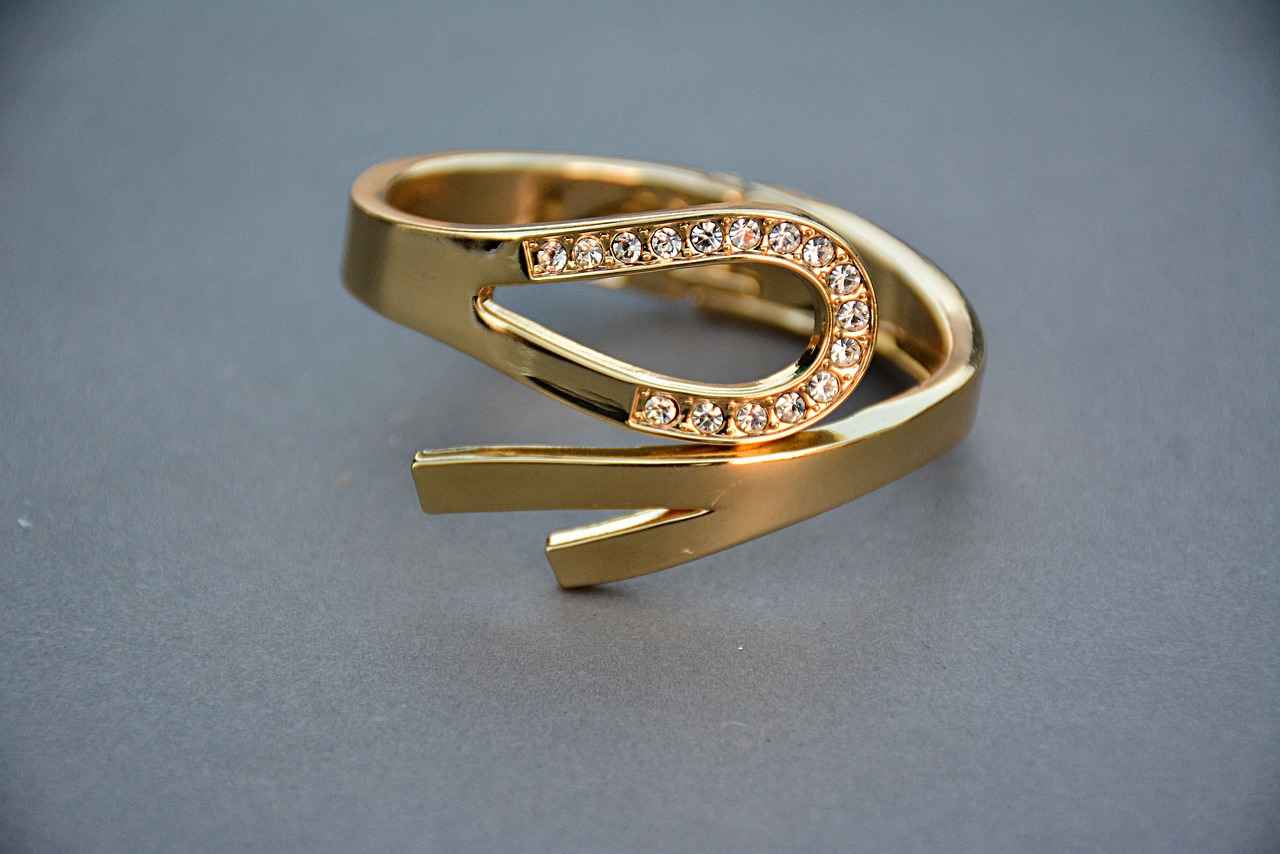
Where to Sell Your Jewelry for Maximum Profit?
When it comes to selling jewelry, making the right choice regarding the platform can greatly influence your profit margins. Each option available—whether it be online marketplaces, auction houses, or local jewelers—comes with its own set of advantages and challenges. Understanding these can help you maximize your returns.
There are several avenues available for selling jewelry, and each has its unique characteristics:
- Online Marketplaces: Platforms like eBay, Etsy, and Amazon offer sellers access to a vast audience. These platforms are ideal for those looking to reach buyers beyond their local area.
- Auction Houses: For high-value pieces, auction houses can provide a competitive bidding environment that may yield higher prices. They often attract collectors and serious buyers.
- Local Jewelers: Selling to local jewelers can be a quick and straightforward option. However, the prices offered might be lower than what you could achieve through other channels.
Online platforms have revolutionized the way jewelry is sold. Here are some key benefits:
- Wider Audience: You can reach potential buyers from around the globe, increasing your chances of a sale.
- Convenience: Selling online allows you to manage your listings from the comfort of your home, without the need for physical store hours.
- Cost-Effective: Many online marketplaces have lower overhead costs compared to physical stores, allowing you to set competitive prices.
Deciding whether to sell through an auction house or a local jeweler depends on several factors:
- Type of Jewelry: High-end or unique pieces may perform better at auction, while everyday items might be better suited for local jewelers.
- Time Sensitivity: If you need to sell quickly, local jewelers often provide immediate offers, whereas auctions may take longer.
- Fees and Commissions: Auction houses typically charge commissions on sales, which can cut into your profits. Local jewelers may offer a more straightforward pricing structure.
Before you decide where to sell your jewelry, consider these essential factors:
- Market Trends: Research current trends to understand what styles and types of jewelry are in demand.
- Condition of Your Jewelry: Ensure your pieces are in good condition, as this will affect their resale value.
- Emotional Attachment: Consider your emotional connection to the jewelry. Sometimes, holding onto sentimental pieces may be more valuable than selling them.
Preparation is key to a successful sale. Here are some practical steps to follow:
- Get Your Jewelry Appraised: An appraisal can provide a clear understanding of your jewelry’s value, helping you set a competitive price.
- Document Condition: Take high-quality photos and provide detailed descriptions to attract buyers.
- Set Realistic Expectations: Understand the market value and be prepared for negotiations.
In conclusion, choosing the right platform for selling your jewelry is crucial for maximizing profits. By understanding your options and preparing effectively, you can navigate the selling process with confidence.
What Are the Benefits of Online Jewelry Sales?
In today’s digital age, selling jewelry online has become increasingly popular among sellers looking to reach a wider audience. The internet provides a unique platform that can significantly enhance the visibility and sales potential of jewelry pieces. Understanding the benefits of online jewelry sales is crucial for anyone considering this avenue.
One of the most significant advantages of online jewelry sales is the ability to reach a global audience. Unlike traditional brick-and-mortar stores, online platforms allow sellers to showcase their products to potential buyers from around the world. This expanded reach can lead to higher sales volumes, as sellers are no longer limited by geographical constraints.
Operating an online store can be more cost-effective than maintaining a physical shop. Sellers can save on overhead costs such as rent, utilities, and staffing. Many online marketplaces also offer low fees for listing items, allowing sellers to retain a larger portion of their profits. This financial flexibility can be particularly beneficial for small businesses or individual sellers.
Online selling offers unparalleled convenience for both sellers and buyers. Sellers can manage their inventory and sales from the comfort of their homes, without the need to adhere to store hours. This flexibility allows them to focus on marketing their products and engaging with customers at their own pace. Additionally, buyers can shop anytime, which often leads to increased sales.
Online platforms provide various tools for marketing jewelry effectively. Sellers can utilize social media, email marketing, and search engine optimization (SEO) to attract potential buyers. Engaging content, such as high-quality images and detailed descriptions, can help showcase the unique features of each piece. This targeted marketing approach can lead to higher conversion rates and increased customer loyalty.
Online sales enable sellers to create a strong brand identity. By establishing a cohesive online presence, sellers can differentiate themselves from competitors. This includes designing a visually appealing website, curating a unique selection of jewelry, and developing a consistent voice across all marketing channels. A well-defined brand can foster trust and encourage repeat business.
Many online platforms provide sellers with access to valuable analytics that can inform their business strategies. Sellers can track customer behavior, sales trends, and inventory levels, allowing them to make data-driven decisions. This insight can help sellers optimize their product offerings, pricing strategies, and marketing efforts to maximize sales potential.
While there are numerous benefits to selling jewelry online, it’s essential to consider the potential challenges as well. Competition can be fierce, with many sellers vying for the same audience. Additionally, the online marketplace can be saturated with similar products, making it crucial for sellers to find ways to stand out.
There are various online platforms available for selling jewelry, each with its unique features and audience. Some popular options include:
- Etsy: Ideal for handmade and vintage jewelry
- eBay: Suitable for both new and used items, with auction options
- Amazon: A massive marketplace with a broad audience
- Shopify: Allows sellers to create their own online store
Choosing the right platform depends on the seller’s specific needs, target audience, and the type of jewelry being sold.
In conclusion, the benefits of online jewelry sales are significant, offering sellers the opportunity to expand their reach, reduce costs, and enhance their marketing efforts. By leveraging these advantages, sellers can increase their chances of success in the competitive jewelry market.
How to Choose Between Auction Houses and Local Jewelers?
When it comes to selling your jewelry, the decision between auction houses and local jewelers is pivotal. Each option presents unique advantages and challenges, which can significantly influence your selling experience and profits. Understanding these differences is essential for making an informed choice that aligns with your specific needs and the type of jewelry you are selling.
Auction houses are specialized venues where items are sold to the highest bidder. They often attract collectors and serious buyers, which can lead to competitive bidding and potentially higher prices for unique or rare pieces. In contrast, local jewelers typically offer a straightforward buying experience, providing immediate cash offers and a more personal touch.
- Higher Selling Prices: Auction houses can sometimes yield higher prices, especially for vintage or designer items due to competitive bidding.
- Expert Appraisal: Many auction houses provide professional appraisals, ensuring that your jewelry is accurately valued.
- Access to a Global Market: Auction platforms often have a wide-reaching audience, increasing the likelihood of finding the right buyer.
- Fees and Commissions: Auction houses typically charge fees that can reduce your overall profit.
- Time-Consuming Process: The auction process can take time, from listing to the final sale.
- Uncertainty of Sale: There’s no guarantee that your item will sell, especially if it does not attract enough interest.
- Immediate Cash Offers: Local jewelers often provide instant cash, making it a quick and hassle-free option.
- Personalized Service: Working with a local jeweler allows for a more personalized experience, where you can discuss your jewelry’s history and value.
- Less Competition: Unlike auctions, where many items compete for attention, local jewelers focus solely on your piece.
- Lower Offers: Local jewelers may offer lower prices compared to auction houses, especially for unique pieces.
- Limited Market Reach: Selling locally may limit your audience, potentially reducing the selling price.
Choosing between auction houses and local jewelers depends on several factors:
- Type of Jewelry: If your item is rare or high-end, an auction may be the better choice.
- Urgency of Sale: If you need quick cash, local jewelers offer immediate transactions.
- Market Knowledge: Understanding the current market trends can help you determine which platform may yield better results.
Ultimately, the decision should align with your personal circumstances and the specific characteristics of the jewelry in question. By weighing the pros and cons of each option, you can make a more informed choice that maximizes your potential returns.
Frequently Asked Questions
- When is the best time to sell my jewelry?
The best time to sell your jewelry often coincides with major holidays and special occasions, such as Christmas, Valentine’s Day, and Mother’s Day. These times typically see a surge in demand, allowing you to maximize your profits!
- How do I know if my jewelry is in demand?
To gauge demand, keep an eye on current market trends, consumer preferences, and popular styles. Researching online marketplaces and auction results can provide valuable insights into what buyers are currently looking for.
- What factors affect the resale value of my jewelry?
Several factors influence resale value, including the jewelry’s condition, brand, style, and market demand. Economic conditions, like inflation, also play a significant role in determining how much buyers are willing to pay.
- Should I sell my jewelry online or through a local jeweler?
It depends on your goals! Selling online can reach a larger audience and potentially yield higher profits, while local jewelers may offer a more personal experience. Weigh the pros and cons of each option to find what suits you best.
- How can I effectively price my jewelry?
To price your jewelry competitively, research similar pieces in the market, consider their condition, and factor in any unique features. Setting a fair price can attract buyers and lead to a successful sale!

